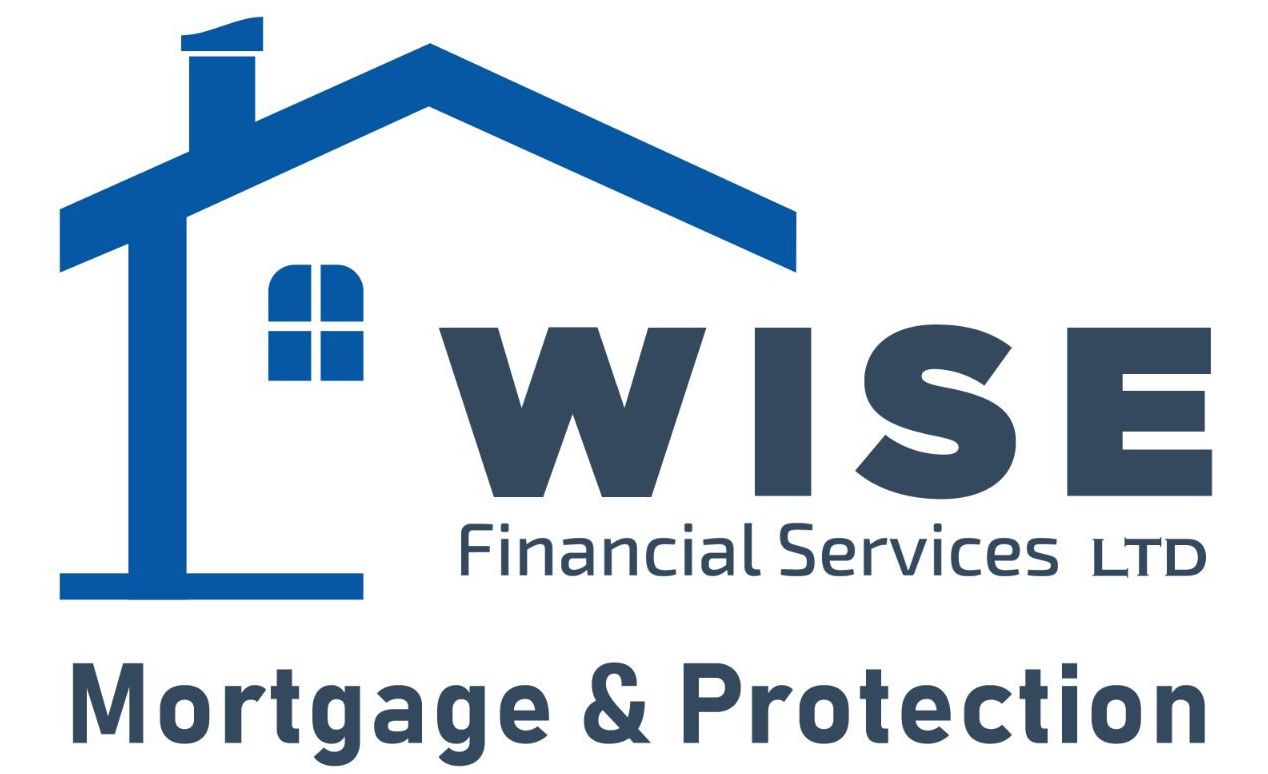Buy to let

First Time Buyers
Remortgage
But to let
Venturing into the realm of private landlordship is often perceived as a straightforward path to financial gain, but the reality is far more nuanced. This endeavor carries its own set of risks and complexities, distinguishing it from other investment opportunities. It’s important to acknowledge that being a landlord demands a significant investment of time, potentially more so than other investment types, and there’s no certainty in property value appreciation over time.
However, the prospect of owning a second property for rental purposes holds the potential for substantial financial returns in the long run. The journey requires a careful balancing of responsibilities, from maintaining the property and managing tenant relationships to navigating the legal and financial frameworks governing rental properties. The successful landlord must stay informed about market trends, legal obligations, and financial management practices to not only protect their investment but also maximize its growth potential.
Rent Potential
Lenders typically assess buy-to-let mortgages based on potential rental income, sometimes excluding personal income entirely. The focus is on ensuring rental income adequately exceeds mortgage repayments.
Interest Rate
Buy-to-let mortgages often come with higher interest rates compared to standard residential mortgages due to the perceived higher risk associated with rental properties.
Larger Deposit
For buy-to-let mortgages, lenders usually require a minimum deposit of 20% to 25% of the property’s value.
Investing in a second property for letting requires a strategic decision between aiming for immediate rental income or seeking long-term capital growth through property value increase. This choice influences both the property type and its location.
Successful property management entails covering various costs beyond the mortgage payments. Aiming for a gross rental yield of around 135% of the property’s interest-only mortgage repayments can cushion against unforeseen expenses.
Key additional costs include:
- Property Upkeep: Regular maintenance and repairs to maintain the property’s condition.
- Letting Agent’s Fees: Charges for tenant sourcing and vetting, approximately 10% of monthly rent, plus an extra 5% for comprehensive management services.
- Ground Rent/Service Charges: For leasehold properties, these fees are for the land lease and communal area maintenance.
- Legal Insurance: Essential for covering potential eviction-related expenses.
- Insurance: Building and contents insurance for the property and included furnishings.
- Furnishings: Costs for providing furniture, which should be insured under your policy.
- Gas/Electrical Appliances: Maintenance and compliance costs, including safety certifications.
- Decorating Costs: Initial improvements or updates to make the property appealing to tenants.
- Consulting local letting agents can provide insights into demand for specific property types and desirable locations, including information relevant to student housing if near a university.
Remember, failure to keep up with mortgage repayments can risk property repossession, and note that some buy-to-let mortgage aspects aren’t regulated by the Financial Conduct Authority.
Talk to an agent today
We are ready to hear your requests now
